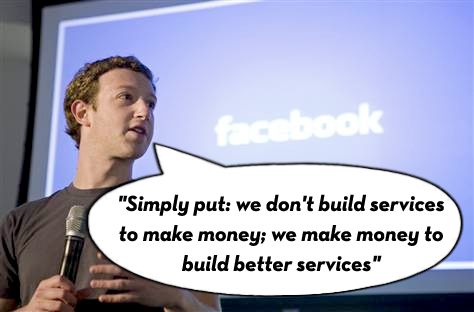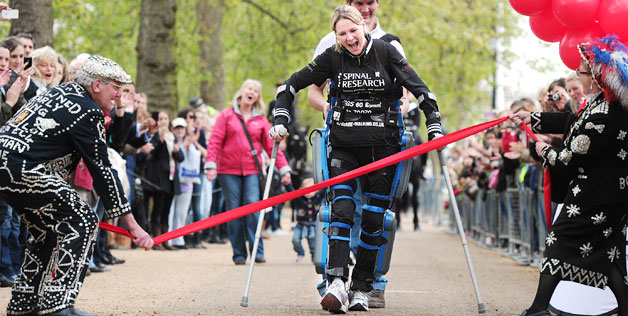
Tomorrow’s initial public offering of Facebook stock has both business and tech commentators chattering away (though, in most mainstream publications, there isn’t meaningful distinction between the two). Technology coverage is too often reduced to the business of technology. Consider the top four tech headlines on the New York Times site today: “Long Odds on a Big Facebook Payday,” “Ahead of Facebook I.P.O., a Skeptical Madison Ave.,” “Spotify Deal Would Value Company at $4 Billion, “Pinterest Raises $100 Million.”
Buried in the all the personal investing advice, some interesting quesitons are being raised. For example: How can a company with few employees and so little material infrastructure generate so much value? What is it that Facebook actually produces? Is an economy based in immaterial products and services sustainable (especially given that it’s profitability is largely dependent on it’s ability to drive additional consumption in other sectors through advertising)?
But there are also a lot of questions that aren’t being asked—the kinds of culturally significant questions that business folks and economists aren’t (though perhaps should be) interested in. Here, I want ask one such question: Will Facebook’s transition to a public corporation change the way users perceive their participation on the site? While I can only speculate about how this institutional change will effect users, I want offer a few reasons I think Facebook’s IPO may cause users to see themselves in more of an explicit work-like relationship with Facebook (based on rationalistic principles of minimizing cost and maximizing gain) and less a part of some sort of non-rationalized gift economy (based on principles of sharing and reciprocity). I should be clear, here, that I am talking about users’ relationship to the platform, not their relationships with each other. Users are, of course, primarily motivated to use the platform because of their relationships with other users; however, as recent privacy debates have illustrated, a user’s perceptions of Facebook are important in determining how users use the platform and whether they use it at all. more...








